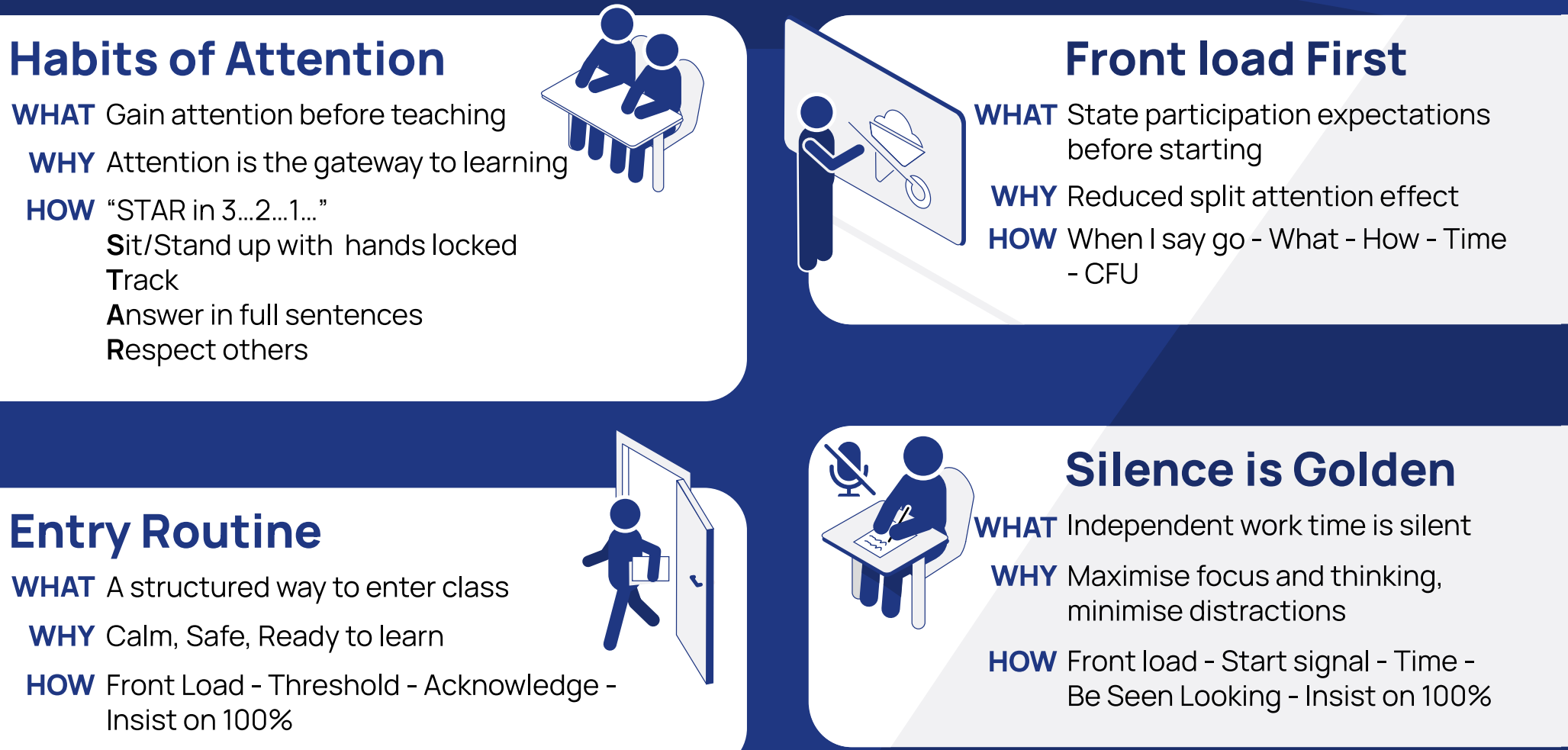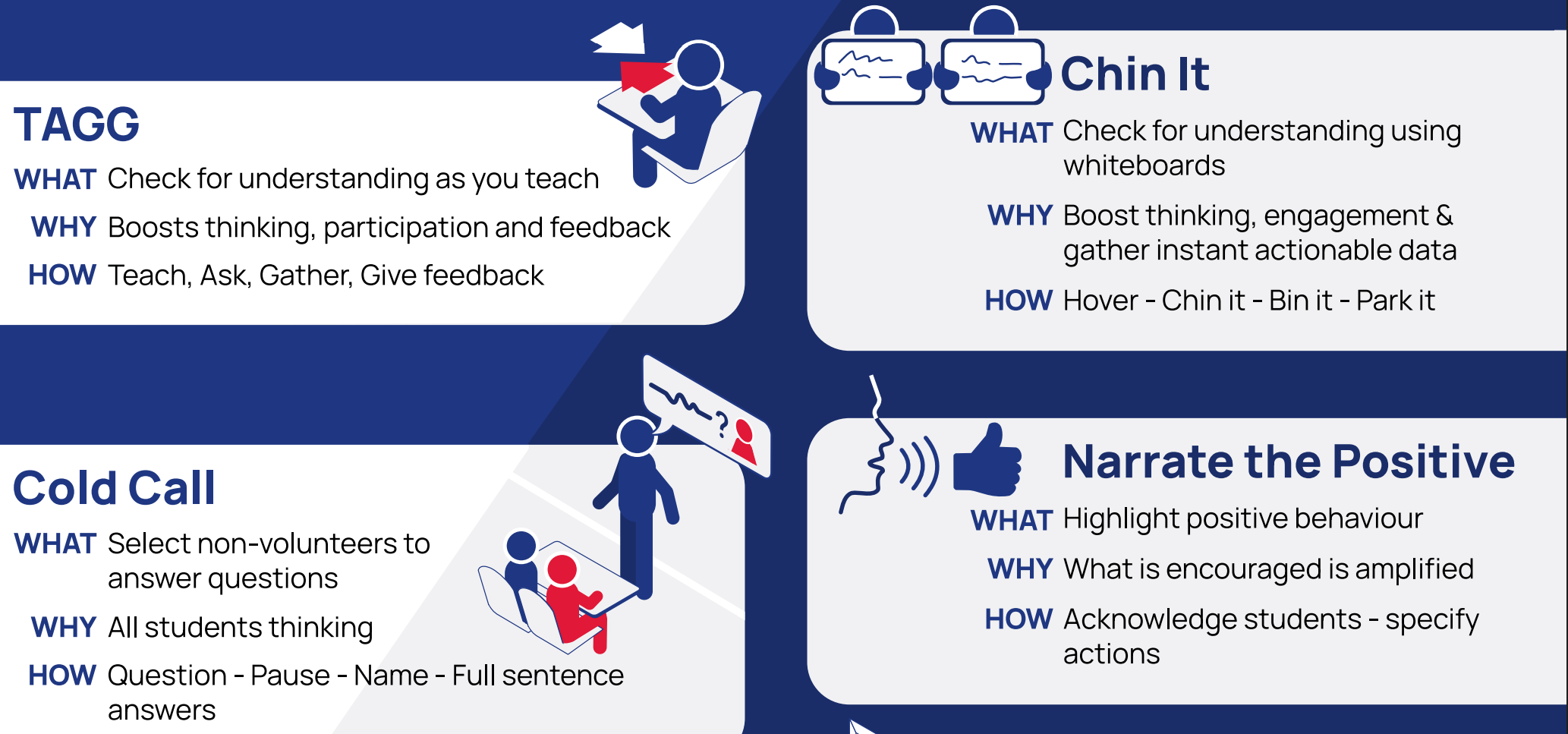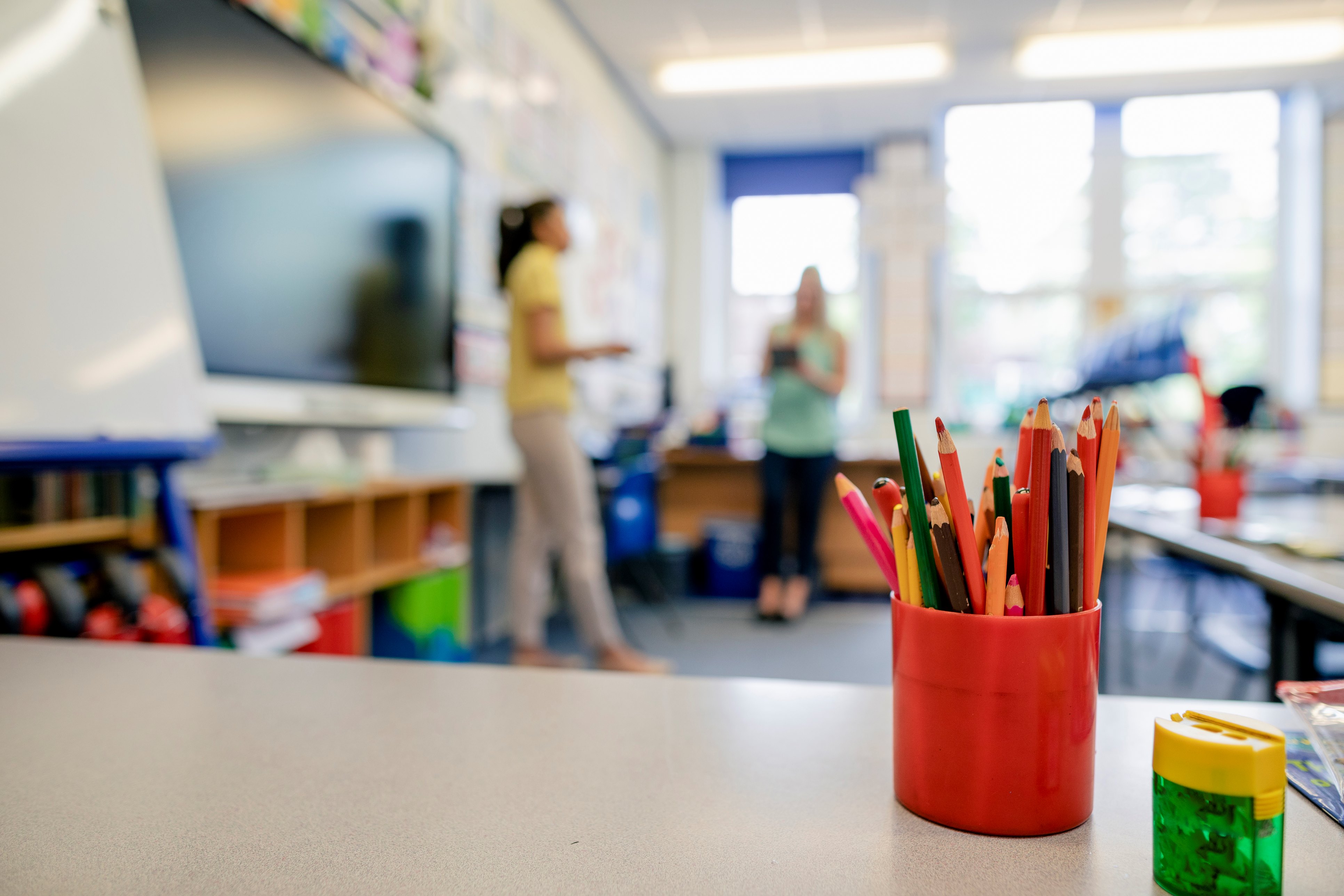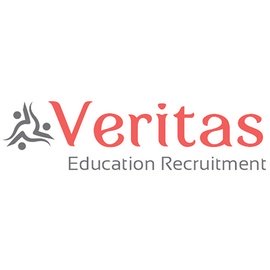Developed by the Victorian school’s coaching team, the Habits are designed to align key elements of all teachers’ instruction, ensuring students experience consistency in the scripts, structures and routines that frame their learning.
This encompasses how they enter the classroom, show teachers their full attention or use mini whiteboards to demonstrate their understanding.
Deputy principal (learning and teaching) Jack Neil says the initiative fits beautifully within the school’s broader shift to explicit instruction and evidence-based practice.
“We were very much an inquiry-based learning school … most of the schools in our diocese were in that vein,” he tells EducationHQ.
“But like the story of many [educators], we had declining reading results and while we kept working really, really hard and getting even better at all the things that we were told would make the difference, we never seemed to have any traction.”
Having embarked on their own inquiry into where things were going awry, Neil says St Monica’s now champions teacher-led over student-led learning, with a firm focus on structured literacy and ongoing instructional coaching for its teachers.
“I guess our process continues to be about, ‘how do we build systems, processes and teacher expertise to be able to lead a roomful of young people?’” he reflects.
The 10 Core Habits are the result of a project years in the making, Neil reports, with a more ‘refined’ version implemented by all staff around six months ago.
“Cognitively it’s more beneficial for students if there’s consistencies in the way that the learning is delivered and the way that they participate and engage with that,” Neil explains.
“In our context, if they start with us in Foundation and have seven years with us, if the teachers can use the same style of routines and principals and practices, the students have less cognitive load to understand what they’re being asked to do.”

Deputy principal Jack Neil says the Core 10 Habits minimise disruptions and give students a safe structure throughout the day.
The codified habits also work to reduce teachers’ workloads, Neil says, paving the way for more impactful collaboration sessions to flourish.
“At our staff rehearsal sessions and those sorts of things, we can pull out little elements and just practice one piece of [the Habits], because we share a language around what that actually means and what it looks like.”
The core Habits include:
- Habits of Attention
- Front Load First
- Entry Routine
- Silence is Golden
- TAGG (Check for understanding as you teach)
- Chin it
- Cold Call
- Narrate the Positive
- Tidy Stack
- Exit Routine

‘Silence is Golden’ is one Habit that’s attracted particular attention and commentary, Neil says.
While some might view periods of complete silence in the primary classroom as an entirely oppressive scene that stifles creativity and joy, the educator says quiet learning environments free up children’s working memory so they can actually focus on the learning at hand.
“When we are asked to attend to something that is challenging particularly, we have obviously limited working memory space to be able to apply to the task.
“If we’re interrupted with noise from our peers, noise from anywhere, this takes up that working memory … the science around learning tells us if you’re not attending to something you cannot learn it because it won’t get through the working memory gate.”

Teachers are also using silence as a means of encouraging self-regulation in students, often after lunch breaks when nervous systems are thrumming, Neil adds.
“A lot of people talk about mindfulness and those sorts of [practices], but the introspective element for kids is really hard, but just being quiet and being consumed in your work can be really therapeutic in a sense.”
On the behaviour management front, the shared practices have had a noticeable impact in classrooms, Neil says.
“We don’t have behaviour issues in engaged classrooms because the kids are busy, they’re doing work and they’re interested and they’re invested,” the leader explains.
“So, it’s very much a behaviour management tool but it’s not a responsive, like reactive one – it’s proactive.
“Probably our biggest learning was the more effort we put into efficient, effective teaching that was well structured and clear and easy for the kids to access, yet challenging for them to work through, we had less and less [poor behaviour to deal with] full-stop.”

Neil is well aware the Habits are not a silver bullet solution to all disruption in the classroom.
“Look we can’t solve everything, but we can make the environment really safe, predictable, calm and highly efficient for learning if we can get some of these core ingredients happening.”
To other school leaders keen to establish a similar set of core teaching habits, Neil says you’ll likely need the courage to stand firm against popular narratives out there – ones that suggest these kinds of initiatives do not acknowledge the individual student and are somehow exclusionary in nature.
Do not be intimidated by these misguided views of how schools should operate, he advises.
“Our more vulnerable children have never been so included as they are right now.
“So, it’s (about) just being brave enough to face into [what you’re trying to achieve] for long enough to be able to learn exactly how you can make this really powerful for the wellbeing, as well as the academic development, of your kids.”
There remains a dogma surrounding Australian schools that requires ‘everything to flex for the individual’, Neil argues, and it’s deviating from what we know works best in education.
He says placing greater focus on student wellbeing initiatives over moves to improve teachers’ instructional practices have cost schools greatly.
“There are ‘best bets’: evidence-supported ways that allow you to care for your children, maintain high expectations of them and help them learn really well.”















